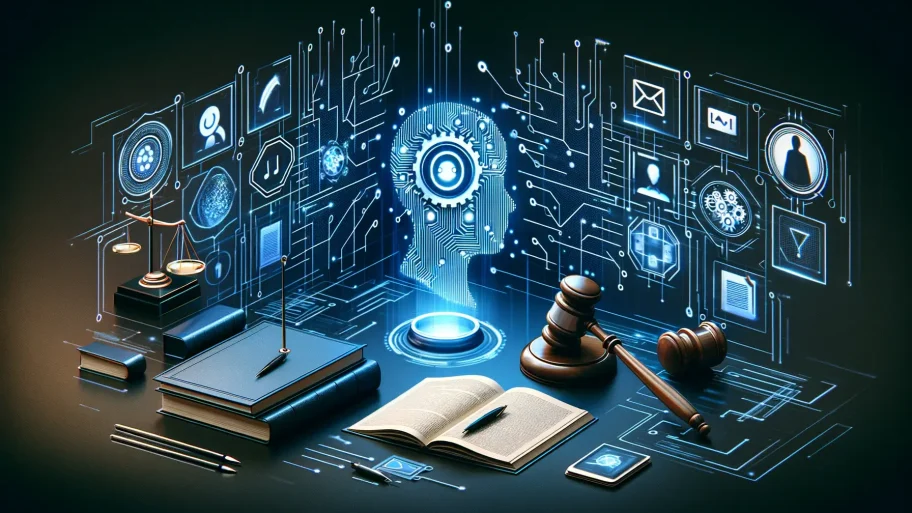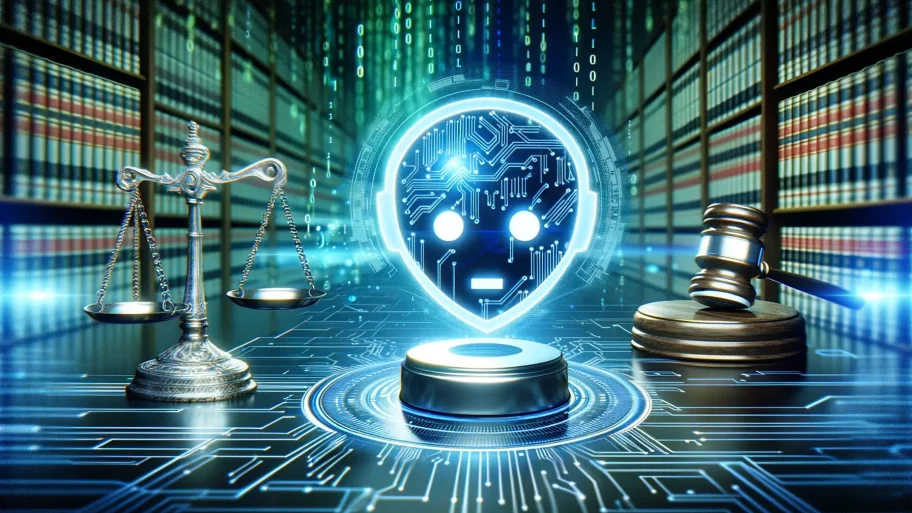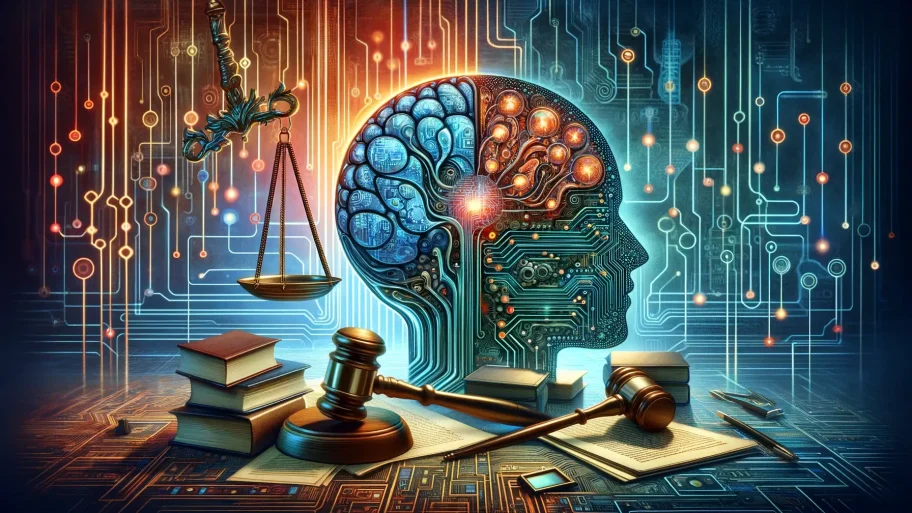Top 5 AI Use Cases in Sports Team Performance Analysis
- By Matt

Attention Sports Teams and Performance Analysts!
From unnoticed injuries to underperforming athletes, the risks are real and growing for those not leveraging AI in sports performance analysis. Immediate action is essential to stay competitive and ensure the well-being of your athletes.
In this article, well uncover how AI can revolutionize sports team performance, helping you avoid these critical threats.
Key Takeaways
- AI-driven performance data analysis highlights strengths and identifies improvement areas.
- AI for injury prevention predicts and mitigates injury risks.
- Personalized AI training programs tailor regimens to individual athletes.
- AI-powered player tracking offers detailed movement insights.
- AI-enhanced game strategy optimizes tactics and gameplay.
Use Case #5: AI-Enhanced Game Strategy
Our countdown begins with the use of AI to enhance game strategy, a vital component in developing winning tactics and adapting to opponents.
The Pressure of Ineffective Game Strategies
Relying on outdated strategies can lead to missed opportunities and losses. Analyzing game footage manually is time-consuming and often insufficient, causing teams to fall behind.
This pressure makes it difficult to consistently devise effective strategies, impacting overall team performance.
Consequences of Poor Game Strategies
- Missed scoring opportunities
- Inability to counter opponents
- Lower team morale
- Reduced fan engagement
AI for Strategy Optimization
AI analyzes vast amounts of game footage and historical data to provide strategic insights. This technology helps in crafting tactics that exploit opponents’ weaknesses and maximize team strengths.
Adopting AI for game strategy ensures that teams stay competitive and adaptable, leading to better performance on the field.
Table 1: Key Benefits of AI-Enhanced Game Strategy
| Benefit | Description |
|---|---|
| Improved Tactics | Data-driven strategies enhance gameplay |
| Opponent Analysis | Identify and exploit opponent weaknesses |
| Increased Adaptability | Quickly adapt strategies based on real-time insights |
| Enhanced Performance | Optimized strategies improve overall team performance |
Table 1 highlights the significant benefits of using AI to enhance game strategies.
Advances in Game Strategy Development
AI-driven game strategy development allows teams to create highly effective and adaptive tactics. This technology minimizes the guesswork and ensures that every decision is backed by data.
As AI continues to advance, game strategies will become even more precise and impactful, enhancing team performance and competitiveness.
Use Case #4: AI in Injury Prevention
Utilizing AI for injury prevention is crucial in safeguarding athletes’ health and ensuring they remain at peak performance throughout the season.
The Threat of Unnoticed Injuries
Unseen injuries can develop into serious issues, sidelining key players and affecting overall team performance. Traditional methods often fail to detect early signs of potential injuries.
This threat creates anxiety around player health, complicating team management and planning.
Challenges of Injury Management
- Late detection of injuries
- Increased recovery time
- Loss of key players
- Impact on team morale and performance
AI-Driven Injury Prevention
AI analyzes player movements and historical data to predict and prevent injuries. This proactive approach allows for timely interventions, reducing the risk of serious injuries.
Implementing AI for injury prevention enhances player safety and ensures consistent team performance.
Table 2: Key Benefits of AI in Injury Prevention
| Benefit | Description |
|---|---|
| Early Detection | Identifies injury risks before they become serious |
| Reduced Recovery Time | Proactive measures minimize downtime |
| Player Safety | Ensures athletes’ health and well-being |
| Consistent Performance | Healthy players maintain team performance |
Table 2 outlines the benefits of AI-driven injury prevention in sports.
Improving Injury Prevention with AI
AI-driven injury prevention revolutionizes how teams manage player health. By predicting potential injuries, teams can take proactive steps to ensure athletes remain healthy and perform at their best.
With continuous advancements in AI technology, injury prevention methods will become more accurate, further enhancing player safety and team performance.
Use Case #3: AI for Real-Time Performance Monitoring
Implementing AI for real-time performance monitoring allows teams to provide immediate feedback and make on-the-fly adjustments during games and practices.
The Challenge of Instantaneous Feedback
Traditional methods of performance monitoring often involve delays, preventing immediate action on identified issues. This lag can hinder in-game adjustments and training effectiveness.
Teams struggle to maintain peak performance without real-time insights, leading to suboptimal outcomes.
Drawbacks of Delayed Performance Monitoring
- Delayed feedback
- Missed opportunities for improvement
- Inefficient training sessions
- Reduced in-game performance
AI-Driven Real-Time Monitoring
AI systems monitor player performance in real-time, providing instant feedback to coaches and athletes. This allows for quick adjustments, enhancing training efficiency and in-game performance.
Using AI for real-time performance monitoring ensures that teams can make timely decisions, optimizing overall performance.
Table 3: Key Benefits of Real-Time Performance Monitoring
| Benefit | Description |
|---|---|
| Immediate Feedback | Provides instant insights into performance |
| Enhanced Training | Optimizes training sessions with real-time data |
| Quick Adjustments | Allows for on-the-fly changes during games |
| Improved Performance | Ensures athletes perform at their best |
Table 3 highlights the benefits of AI-powered real-time performance monitoring.
Transforming Performance Monitoring
Real-time performance monitoring with AI transforms how teams manage and improve player performance. Instant feedback and data-driven insights enable coaches to make quick, informed decisions.
As AI technology advances, real-time monitoring systems will become even more precise, further enhancing training and game-day performance.
Use Case #2: AI for Player Recruitment and Scouting
Using AI for player recruitment and scouting revolutionizes how teams identify and select top talent, ensuring they build the best possible roster.
The Struggle of Traditional Scouting
Conventional scouting methods are time-consuming and often biased, leading to overlooked talent and suboptimal recruitment decisions. This struggle impacts a team’s ability to compete at the highest level.
Without a robust scouting system, teams risk missing out on key players who could elevate their performance.
Challenges in Player Recruitment
- Bias in decision-making
- Time-consuming processes
- Overlooked talent
- Suboptimal team composition
AI-Driven Recruitment and Scouting
AI analyzes vast amounts of player data
to identify top talent, minimizing biases and improving decision-making. This ensures that teams recruit the best players who fit their specific needs.
Implementing AI in recruitment and scouting enhances the overall quality of the team, providing a competitive edge.
Table 4: Key Benefits of AI in Recruitment and Scouting
| Benefit | Description |
|---|---|
| Unbiased Decisions | Data-driven insights reduce biases in recruitment |
| Efficient Processes | Streamlines scouting and recruitment efforts |
| Talent Identification | Accurately identifies top players |
| Competitive Edge | Builds a stronger, more competitive team |
Table 4 outlines the benefits of using AI in player recruitment and scouting.
Enhancing Recruitment Strategies with AI
AI-driven recruitment and scouting transform how teams identify and select players, ensuring they build the best possible rosters. By leveraging data, teams can make more informed and unbiased decisions.
As AI continues to develop, recruitment strategies will become even more precise, further enhancing team performance and competitiveness.
Use Case #1: AI-Driven Personalized Training Programs
Implementing AI-driven personalized training programs tailors regimens to individual athletes, optimizing their performance and minimizing injury risks.
The Complexity of Generic Training Programs
Generic training programs often fail to address individual athlete needs, leading to suboptimal performance and increased injury risks. Managing diverse training needs is complex and time-consuming.
Without personalized programs, athletes struggle to reach their full potential, impacting overall team performance.
Drawbacks of Non-Personalized Training
- Suboptimal performance
- Increased injury risks
- Inefficient training sessions
- Lower athlete morale
AI-Driven Personalized Training
AI creates personalized training programs based on individual athlete data, optimizing regimens to enhance performance and reduce injury risks. This approach ensures that each athlete trains effectively and safely.
Adopting AI for personalized training maximizes athlete potential and improves overall team performance.
Table 5: Key Benefits of Personalized Training Programs
| Benefit | Description |
|---|---|
| Optimized Performance | Tailored regimens enhance individual performance |
| Reduced Injury Risks | Personalized programs minimize injury risks |
| Efficient Training | Customized sessions improve training efficiency |
| Higher Athlete Morale | Effective training boosts athlete confidence |
Table 5 highlights the benefits of implementing AI-driven personalized training programs.
Revolutionizing Training with AI
AI-driven personalized training programs revolutionize how athletes prepare and perform. By tailoring regimens to individual needs, AI ensures optimal training and reduces injury risks.
As AI technology advances, personalized training programs will become even more effective, further enhancing athlete performance and team success.
Conclusion
In the fast-paced world of sports, inefficiencies, unnoticed injuries, and underperforming athletes can severely threaten a team’s success.
Neglecting to adopt AI-driven solutions means missing out on opportunities for improved performance, injury prevention, and competitive advantage. Teams must act now to integrate these technologies and ensure they remain at the top of their game.
Latest Posts
- By Matt | 9 months ago
- By Matt | 1 year ago
- By Matt | 1 year ago
- By Matt | 1 year ago
- By Matt | 1 year ago
- By Matt | 1 year ago
- By Matt | 1 year ago
There are no results matching your search Reset filters?
Trending
There are no results matching your search Reset filters?






